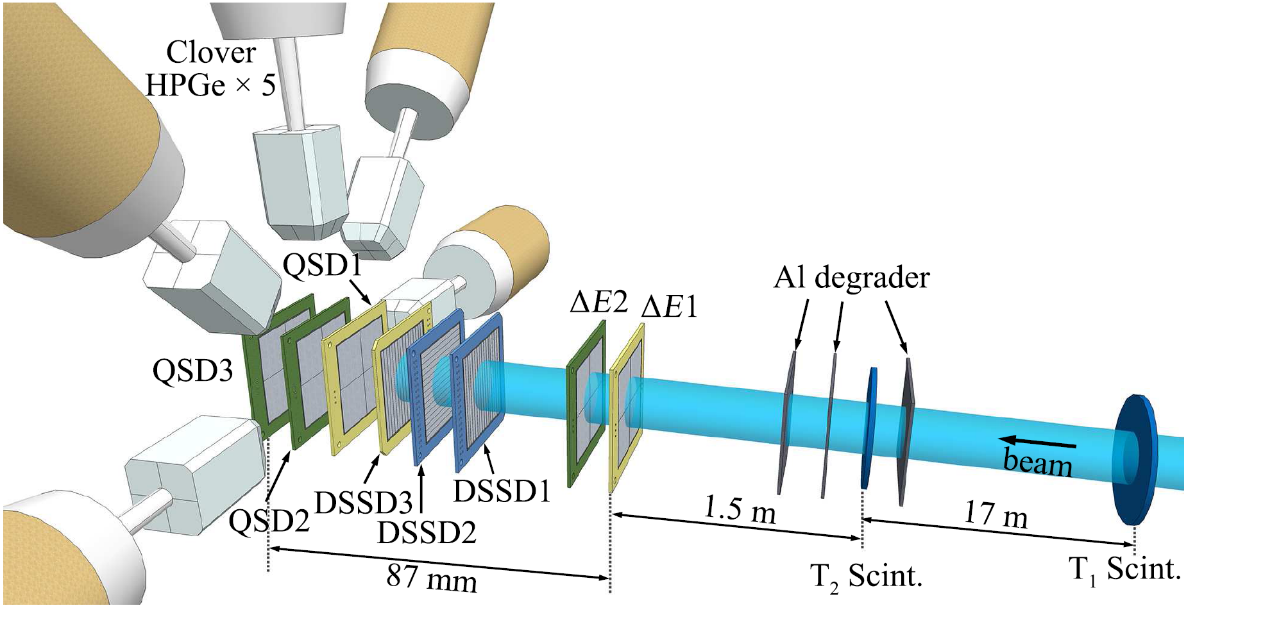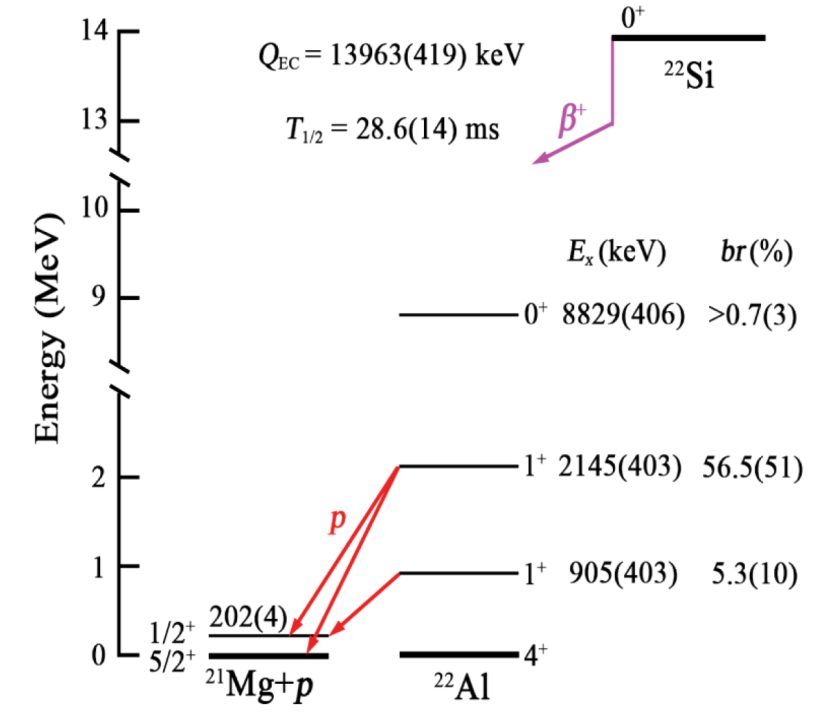Scientists Discover the Largest Isospin Asymmetry in Nuclear Low-lying States
Symmetry exists extensively in nature. Examples range across size scales from macroscopic objects, such as spiderwebs or honeycombs, to the microscopic world with its arrangement of atoms in molecules, or of electrons around an atomic nucleus.
Analogous to electrons in atoms exhibiting spin symmetries, it is possible to consider neutrons and protons in the atomic nucleus as projections of a single fermion with an isobaric spin (isospin) of t = 1/2. The elegant concept of isospin symmetry is of fundamental importance in nuclear and elementary particle physics. As a β-decay process changes an up quark to a down quark or vice versa, studies of nuclei with exchanged numbers of neutrons and protons, known as mirror nuclei, can be a powerful means to probe isospin symmetry breaking.
In a recent study published in Physical Review Letters, researchers at the University of Hong Kong (HKU), the Institute of Modern Physics (IMP) of the Chinese Academy of Sciences (CAS) and their collaborators studied β-delayed one-proton emissions of 22Si, the lightest nucleus with an isospin projection Tz = –3, and discovered the largest isospin asymmetry in nuclear low-lying states.

Fig. 1 Schematic layout of the detector system at RIBLL1 ( Image by SUN Lijie)
The experiment was performed at HIRFL-RIBLL1 using a silicon array surrounded by high-purity germanium detectors, which makes it possible to measure the energy, time and position of implanted ions and decay protons efficiently, supporting researchers to study the decay of nuclei towards the proton drip-line.
The properties of 22Si β-decay for the transitions to the low-lying states of 22Al were measured, and the reduced transition probabilities were determined. Combing with the data on the β decay of the mirror nucleus 22O, researchers found mirror asymmetry of δ = 209(96) % in the transition to the first 1+ excited state of the respective daughters. This is by far the largest value of asymmetry observed in the low-lying states.
Furthermore, scientists reproduced the observed data accurately by using shell-model calculation with isospin-nonconserving forces. It is found that this dramatically large mirror asymmetry is attributed to the significant proton occupation and loosely bound nature of the wave functions of the s1/2 orbit, which suggests that 22Al is a proton-halo nucleus.

Fig.2 Decay scheme of 22Si (Image by SUN Lijie)
This work is supported by the Ministry of Science and Technology of China under the National Key R&D Programs, the Strategic Priority Research Program of CAS, the Research Grants Council (RGC) of Hong Kong, the National Natural Science Foundation of China, and the Continuous Basic Scientific Research Project.
Link to the paper: https://journals.aps.org/prl/abstract/10.1103/PhysRevLett.125.192503


 甘公网安备 62010202000713号
甘公网安备 62010202000713号


